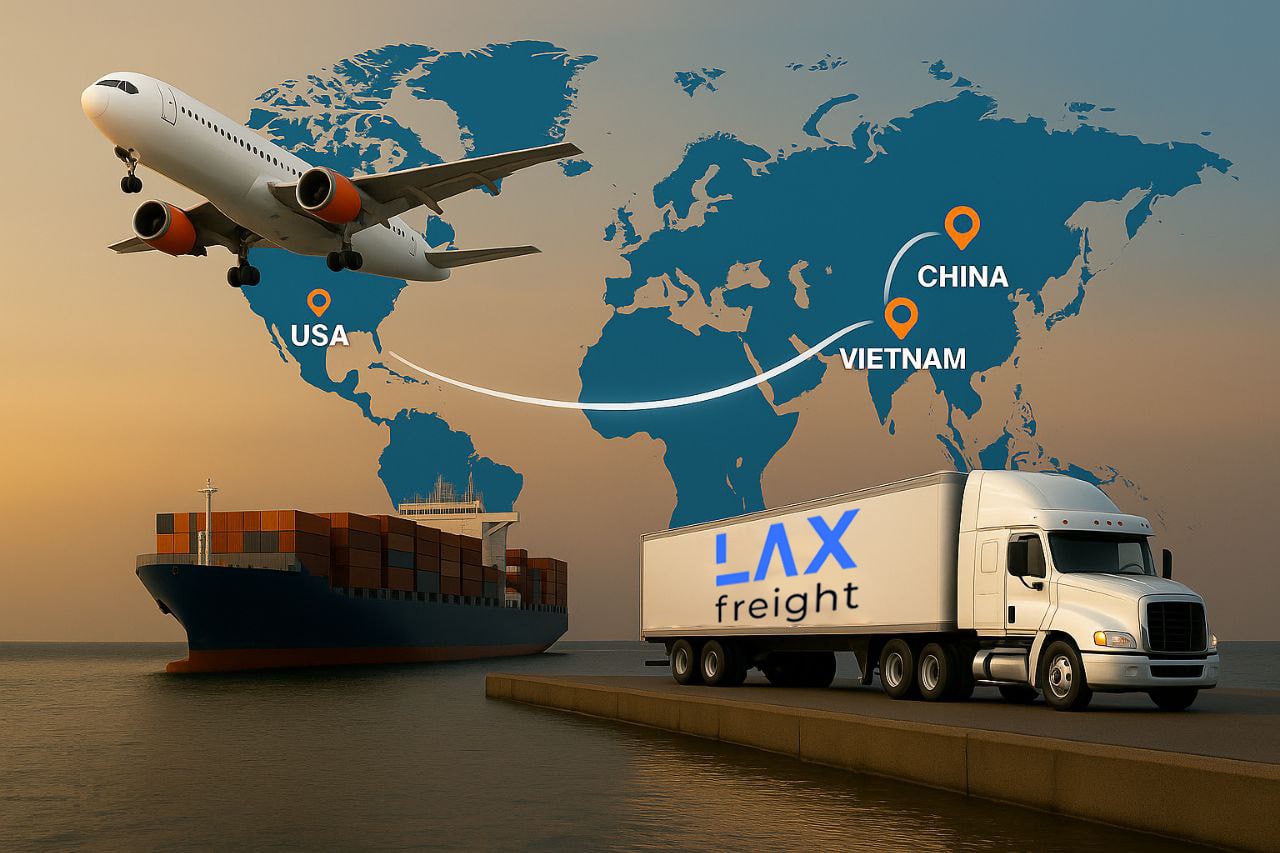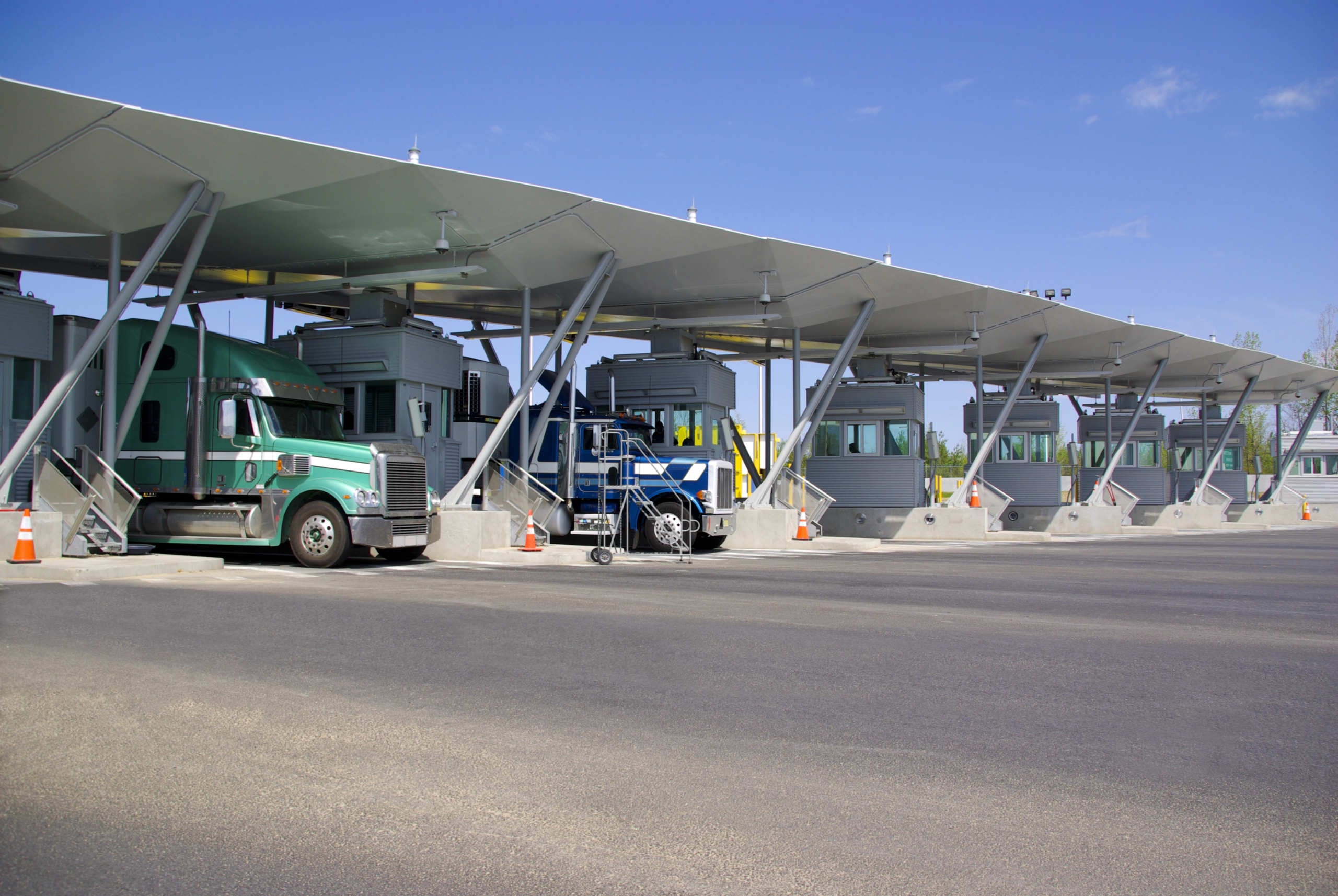Nowadays, supply chains are undergoing significant transformations. This is driven by technological advancements, shifting market dynamics, and increasing consumer expectations.
The need to stay competitive and resilient pushes companies to adopt new strategies. To strive for and maintain their competitiveness, they must navigate complex challenges and optimize their operations.
Understanding the key supply chain trends and challenges in 2025 is essential for companies to remain agile and responsive in a fast-paced environment.

The Challenges of Today’s Supply Chains
Supply chains face a range of challenges that make it harder to stay competitive and resilient. Higher labor costs and transportation expenses are major factors. These forces businesses to focus on cost reduction while maintaining quality. Companies must also navigate consumer demands and comply with regulatory requirements.
Key challenges include:
Higher labor costs. Increased wages create pressure to balance cost savings with maintaining service levels.
Transportation costs. The rise of shipping expenses adds complexity to managing supply chain operations.
Supply chain disruptions. Natural disasters, trade wars, and political tensions can disrupt production and delivery and expose vulnerabilities in global supply chains.
Tariffs and trade barriers. Increasing tariffs and trade barriers complicate cross-border operations, leading to extra costs.
Labor shortages. A lack of skilled supply chain professionals, especially in transportation, challenges supply chain operations.
Regulatory compliance. Navigating shifting government regulations requires constant adjustments to supply chain strategies.
Security issues. Cybersecurity threats add additional pressure on businesses and supply chain partners.
Businesses may invest in new technologies to address these issues. Tools like artificial intelligence (AI) can enhance supply chain transparency and improve decision-making. These efforts aim to drive innovation, manage inventory levels more effectively, and meet the evolving needs of the market and regulatory authorities.
Thus, companies should stay agile to succeed and remain competitive. This includes adopting digital technologies and carefully planning all processes.
Top 7 Supply Chain Trends 2025
The landscape of supply chains is evolving rapidly due to technological advances, shifting market dynamics, and evolving consumer expectations. In 2025, several key trends will shape the way companies approach supply chain management.
By using AI, focusing on sustainability, and improving risk management, businesses can navigate new challenges ahead. This allows companies to position themselves for success in a rapidly evolving marketplace.
AI and Automation
Artificial Intelligence (AI) and automation are central to optimizing supply chain operations. Businesses rely on these technologies to improve decision-making, forecasting accuracy, and the overall efficiency of supply chain management.
AI-powered systems can process large amounts of data in real time. With it, companies can better understand demand patterns, customer preferences, and potential supply chain disruptions. Automation, especially through robotics and AI-based software, reduces the need for manual labor and improves accuracy. This enables businesses to make informed decisions, improve inventory processes, and reduce lead times.
Besides, using technology can be particularly beneficial in addressing the ongoing labor shortages.
The integration of machine learning also plays a critical role in predictive maintenance. With AI, companies can forecast potential failures in equipment or machinery, minimizing downtime and ensuring smoother operations.
As AI and automation continue to develop, supply chain leaders will rely on these technologies for operational improvements, cost reduction, and competitive advantage. The need for skilled supply chain professionals to manage these advanced systems will also create new opportunities in global supply chain security.
Sustainability and Green Logistics
As environmental responsibility becomes a global focus, sustainability in supply chains is a necessity. Nowadays, businesses face increasing pressure from customers, regulatory bodies, and investors. Thus, companies should align their supply chains and other operations with sustainability goals and green supply chain practices.
Several strategies can help reduce the carbon footprint. For example, companies can invest in energy-efficient technologies, eco-friendly packaging, and optimizing transportation networks. Another option is to explore the use of renewable energy sources in their warehouses and distribution centers.
Supply chain professionals can also use data analytics to optimize routes, reduce fuel consumption, and minimize transportation’s environmental impact. With enhanced supply chain visibility, businesses can monitor their carbon footprint across the supply chain and identify opportunities for more efficient operations.
A circular economy can also help meet sustainability goals. This includes reusing materials, reducing waste, and designing products for end-of-life recycling.
Businesses with green supply chain strategies will benefit from increased consumer loyalty, improved brand reputation, and better regulatory compliance.
Supply Chain Risk Management
With increasing disruptions in global trade and natural events, supply chain risk management has become an essential part of business strategy. With a greater emphasis on supply chain resilience and agility, it’s possible to mitigate risks and adapt to unforeseen challenges.
To build stronger supply chains, companies should diversify their suppliers and sourcing strategies. This can reduce their dependence on a single location or supplier. Reshoring helps mitigate the impact of trade and geopolitical tensions, offering more control over production or sourcing activities. It also reduces exposure to international tariffs and trade barriers that have previously inflated costs and hindered global trade.
By investing in risk forecasting tools and utilizing AI and machine learning, companies can predict potential disruptions in their supply chains. This also provides a possibility of identifying weak points in the supply chain.
As the market conditions shift, companies also need to adjust their inventory management strategies. The adoption of digital platforms can enable more visibility, allowing companies to react faster to supply chain challenges and ensure customer satisfaction.
Reshoring and Nearshoring
Reshoring and nearshoring are gaining popularity as companies seek to regain control over their production processes and reduce their reliance on distant suppliers. In 2025, more businesses are expected to bring their manufacturing and sourcing activities to the company’s home country or nearby regions. This can improve supply chain efficiency and reduce exposure to global trade disruptions.
The key drivers of reshoring decisions are the rising costs of overseas manufacturing, longer lead times, and uncertainty due to trade tariffs. By relocating manufacturing facilities to nearby countries or domestic locations, companies can benefit from lower labor costs and proximity to their customer base. For example, regions like Mexico or Central America can offer cost-effective labor and easier access to key markets.
Reshoring offers businesses greater control over their supply chains, including warehouse management, production processes, and quality control. While reshoring can lead to cost advantages, it also comes with challenges, including adapting to new production models, navigating cultural barriers, and establishing closer relationships with local suppliers.
As more companies embrace nearshoring and reshoring, they must adopt innovative technologies to streamline their operations and maintain a competitive edge in the market.
Cybersecurity in Supply Chains
Cybersecurity has become a top priority as supply chains become more digital and interconnected. Cyberthreats target supply chains, making it essential for companies to safeguard their critical systems and data.
Advanced cybersecurity measures include adopting blockchain technology, enhanced supply chain visibility, and data integrity. Blockchain enables real-time tracking of goods, ensuring transparency and reducing the risk of fraud and data breaches.
In addition, companies will adopt AI-driven security solutions to detect potential vulnerabilities in their supply chain systems. As more companies rely on digital tools for inventory management, transportation, and logistics, reliable cybersecurity measures will be crucial to prevent disruptions caused by cyberattacks.
This collective approach to cybersecurity will help reduce the overall cybersecurity risks from third-party vendors, contractors, and supply chain partners.
Technological Integration
This year, the full integration of digital technologies is crucial for companies looking to stay competitive and meet market demands. Technologies like Internet of Things (IoT), blockchain, cloud computing, and AI transform how businesses manage their supply chains, creating new opportunities for growth.
IoT devices enable real-time tracking of goods, providing greater visibility into supply chain operations. This is essential for managing inventory levels, reducing stockouts, and ensuring products are delivered on time. Moreover, IoT sensors help monitor the condition of goods in transit, ensuring they’re maintained at optimal temperatures or humidity levels. This is especially important for items like pharmaceuticals and perishable goods.
The integration of blockchain technology will further enhance transparency, enabling businesses to track products across the entire supply chain. By recording every transaction and movement of goods, blockchain helps reduce the risk of fraud and improves trust between suppliers, manufacturers, and clients.
As digital transformation continues, companies are adopting cloud-based platforms to improve collaboration with suppliers and partners. These technologies also streamline procurement processes and enhance data sharing.
Labor and Skill Shortage
As the supply chain industry faces a growing labor shortage, companies will be forced to rethink how they attract, train, and retain talent. The demand for skilled professionals in logistics, IT, and supply chain management continues to outpace supply, making it difficult for businesses to fill essential roles.
To address this issue, companies will invest in training programs and automation to reduce their reliance on manual labor.
At the same time, businesses will need to focus on upskilling their existing workforce to ensure they have the capabilities to operate new technologies. Offering professional development opportunities and fostering a culture of continuous learning will help companies retain talent and improve employee satisfaction.
As the labor market evolves, businesses that can adapt to the changing needs of their workforce will be better positioned to manage the challenges of the future.
Conclusion
The future of supply chains is shaped by rapid technological innovation and a need fore resilience. As we look ahead, companies that use innovative tools like AI, automation, and digital transformation will be prepared to avoid risks, reduce supply chain expenses, and meet market demands.
LAX Freight is here to help you stay ahead in this evolving landscape. With profound expertise in global transportation, we offer reliable and efficient services. Our main aim is to ensure your goods move smoothly to their destination.
As the supply chain becomes more complex, LAX Freight provides cutting-edge transportation solutions, simplifying logistics process management. Contact us today to learn how we can help optimize your supply chain strategy.

